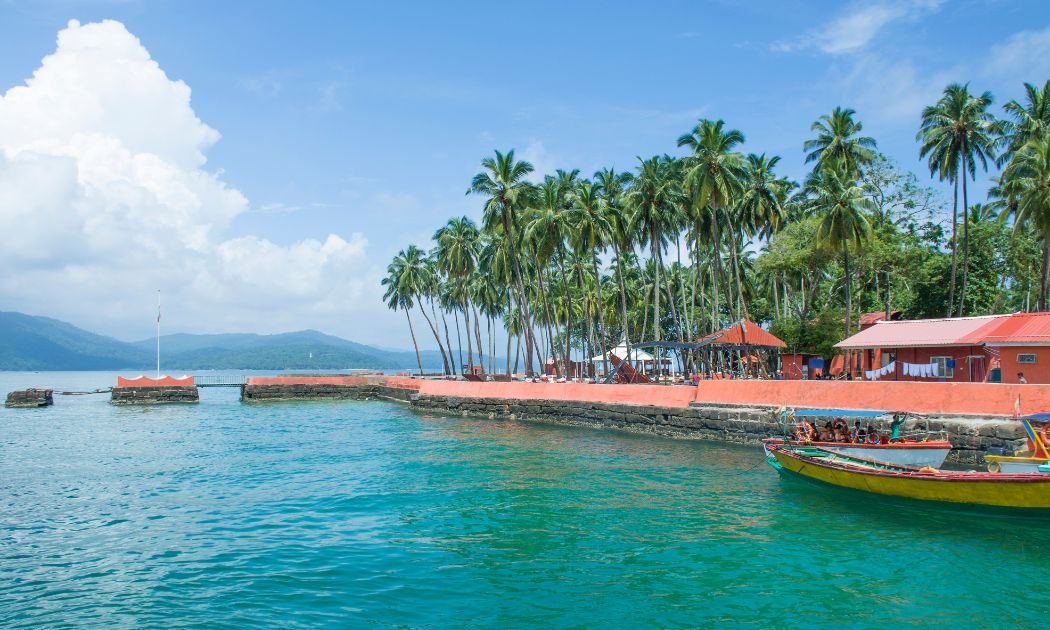Great Nicobar Project Risks Shompen Genocide, Rights Group Warns
Port, Airport to Raze Forests, Displace Tribes
April 24, 2025
Representational image
The central government has approved a 720 billion (72,000 crore) rupees plan to cut away roughly a third of Great Nicobar Island for a deep-water transshipment port, an international airport, a township and a power plant. Civil society groups and scientists say the scheme will strip forests, choke rivers, ruin nesting beaches and expose the Shompen – one of the world’s most isolated tribes – to disease and displacement that could wipe out their culture.
Great Nicobar Island is the southernmost part of the Andaman and Nicobar chain, a quake-prone rainforest where the Shompen – a community that numbers only about 300 and officially categorised by India as a Particularly Vulnerable Tribal Group – and Nicobarese tribes still rely on hunting and foraging.
Survival International, an advocacy group for indigenous peoples, lodged a report with the UN Committee on the Elimination of Racial Discrimination on April 15, stating that the “holistic development” scheme for the island will amount to genocide of the Shompen, as reported by The Wire.
The blueprint reshapes one third of Great Nicobar with roughly half the construction zone carved out of a reserve that Indian law sets aside for the Shompen and the Nicobarese. Parts of that reserve have already been de-notified, a move that bars the Nicobarese from re-occupying villages emptied by the 2004 tsunami.
Four Shompen hamlets also stand within touching distance of the project footprint. Forest and environmental clearances have been granted.
Informed consent, a main component of international indigenous rights law, is absent. Because many Shompen live without formal contact with outsiders, meaningful consultation is impossible, yet the authorities have pressed ahead.
The Shompen tribe has said many times that strangers must stay away from its hunting and foraging territory, according to Survival International.
Environmental consequences flow from the engineering plans.
The port design narrows the mouth of the Galathea River by 90 percent, a change likely to trap silt, drown pandanus stands that supply the Shompen with fruit and force clans to migrate, risking conflict. Millions of trees are scheduled for felling, wiping out hunting grounds and nesting beaches for the giant leatherback turtle.
Scientists calculate that the island, already seismically active and hammered by the 2004 tsunami, will become far more vulnerable once mangroves, coral reefs and hill forests are disturbed on this scale.
Human pressure will soar. Great Nicobar’s resident population of about 8,500 could grow forty-fold once construction workers, port staff and settlers arrive. Crowd diseases to which the Shompen have no immunity—respiratory infections, measles, influenza—could spread rapidly, repeating tragic patterns seen among the Jarawa on South Andaman.
Tourism promoters are already discussing “tribal tours,” the same practice that has turned Jarawa habitat into a de facto safari route. Survival International says such exposure raises the likelihood of epidemics, exploitation and addiction.
By moving ahead without Free, Prior and Informed Consent, India breaches the UN Declaration on the Rights of Indigenous Peoples and obligations arising under the International Convention on the Elimination of All Forms of Racial Discrimination.
Domestically, the project ignored Article 338A(9) of the Constitution, which requires prior consultation with the National Commission for Scheduled Tribes, and sidestepped the Forest Rights Act that grants communities authority over ancestral lands. It also violates the 2015 Shompen Policy that directs officials to put the tribe’s welfare ahead of economic schemes.
Survival International therefore asks New Delhi to scrap the plan, restore the reserve boundaries and allow Nicobarese families to return to pre-tsunami villages. It also urges UN agencies to raise the matter at every level and calls on corporations and financiers to withdraw interest.
The arguments do not come only from advocacy groups.
The Frontline magazine dedicated an entire issue to Great Nicobar, while researcher Pankaj Sekhsaria edited a collection titled “The Great Nicobar Betrayal” that assembles essays by field scientists and journalists, notes historian Ramachandra Guha in an op-ed published by Scroll.in. Both works expose the same pattern: hurried approvals from watchdog bodies, cursory environmental assessments and a conspicuous silence in much of the so-called national media.
Guha writes that much of the mainstream media, entranced by ministerial briefings and studio debates, rarely travels beyond the National Capital Region and has overlooked a crisis in a territory that lies more than 2,000 kilometres from the capital yet falls under its administrative writ. By failing to report from the ground, newspapers and channels reduce a profound social and environmental question to a footnote, leaving smaller journals and independent researchers to carry out the investigative labour, he says.

